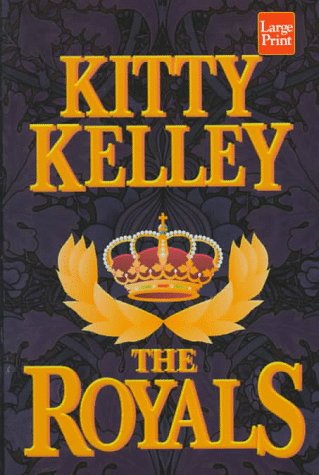Reviewed by gmcgregor on
Kelley's book lies somewhere between the tawdriness of an expose and glossiness of an official biography...she's looking to tell a behind-the-scenes story to get to who the Windsors actually are, but mostly avoids being sensationalistic. Kelley highlights the steely reserve of the Queen Mother, who held on to her grudge against Wallis Simpson until the day the latter died, and how her deep opposition to divorce was internalized by her daughter and trapped many of the family members in marriages long past their expiration date (and prevented one marriage from occurring at all, in Margaret's case). Queen Elizabeth II is shown to be both deeply devoted to her duty as monarch, and also as a woman who's fundamentally introverted and struggles with social relationships, including parenthood. And while Phillip hasn't always been faithful to his wife, he has always been loyal to The Firm, as he calls the royal family.
This is actually what interested me the most as I was reading the book...the line that the Windsors walk between being a family, with all the messiness that entails, and being an institution, which needs to show staying power and continue to have meaning in order to maintain relevance. The Queen can never just be a daughter, or sister, or mother, or wife...she is always the monarch and the figurehead of the Commonwealth. For some, like Princess Anne, who has famously inherited her father's stubborn prickliness, this seems to have worked out just fine. But for Prince Charles, with his almost painful earnestness, it's clear that a more traditionally middle-class/warmer household would have been better for him...I found myself feeling more sympathy for him than I would have expected after reading this book. He's not either of his parents' favorite (Phillip prefers Anne, while Elizabeth reportedly favors Andrew), and his obvious desire to be feel loved and be taken seriously is sad. Kelley doesn't let him off the hook for the issues in his marriage to Diana (nor does she let Diana off the hook for her own contributions to the breakdown), but reading about his obvious lasting devotion to Camilla made me glad for him that they finally ended up married.
Like I said previously, I think Kitty Kelley does a pretty good job of including enough gossip to be dishy, but not going overboard and just printing every rumor she heard while doing research. Obviously the Windsors themselves may disagree, but she definitely paints portraits of them as people who are neither flawless example of nobility nor cartoon villains (well, later-in-life Margaret veers towards cartoon villainy but it doesn't seem gratuitous, at any rate). At the end of the day, I found myself glad that the families I was both born into and married into are warm and loving and free from public scrutiny, even if that scrutiny does come with the castles and the jewels and all that. This book is sure to entertain those who enjoy reading about the British royal family, but won't have much for those who aren't already disposed to be interested. It's long, but never feels like a slog.
Reading updates
- Started reading
- 10 October, 2017: Finished reading
- 10 October, 2017: Reviewed
